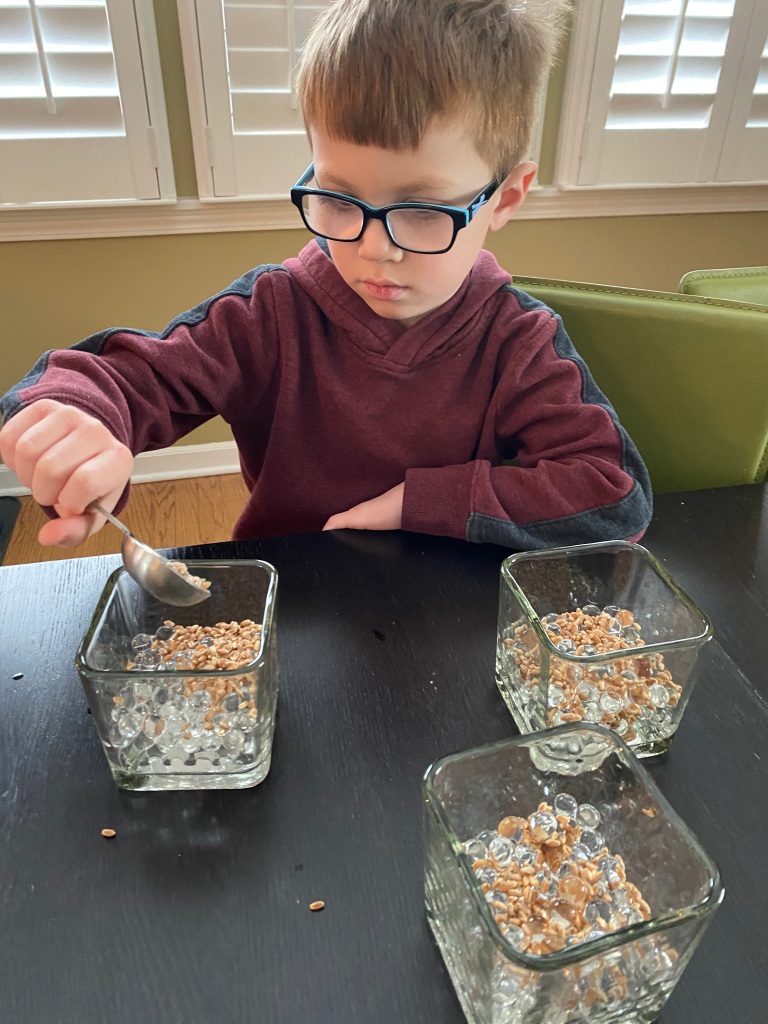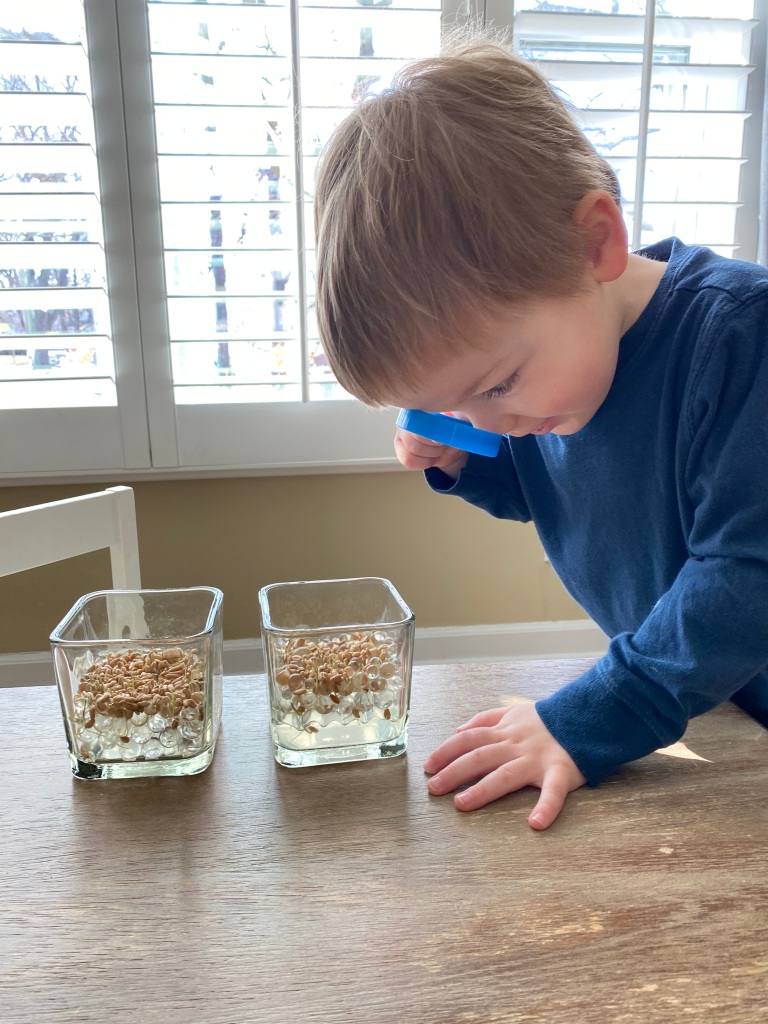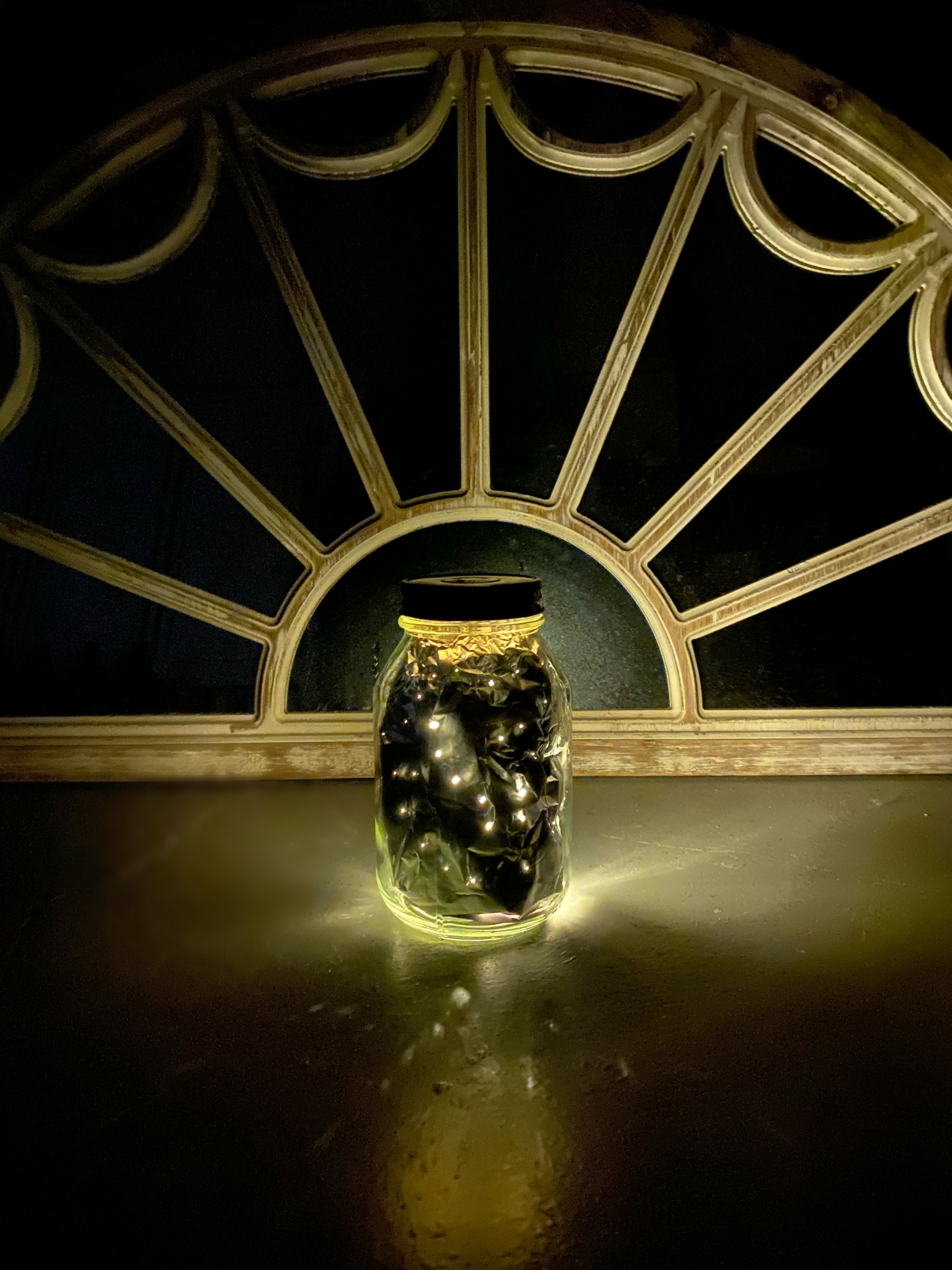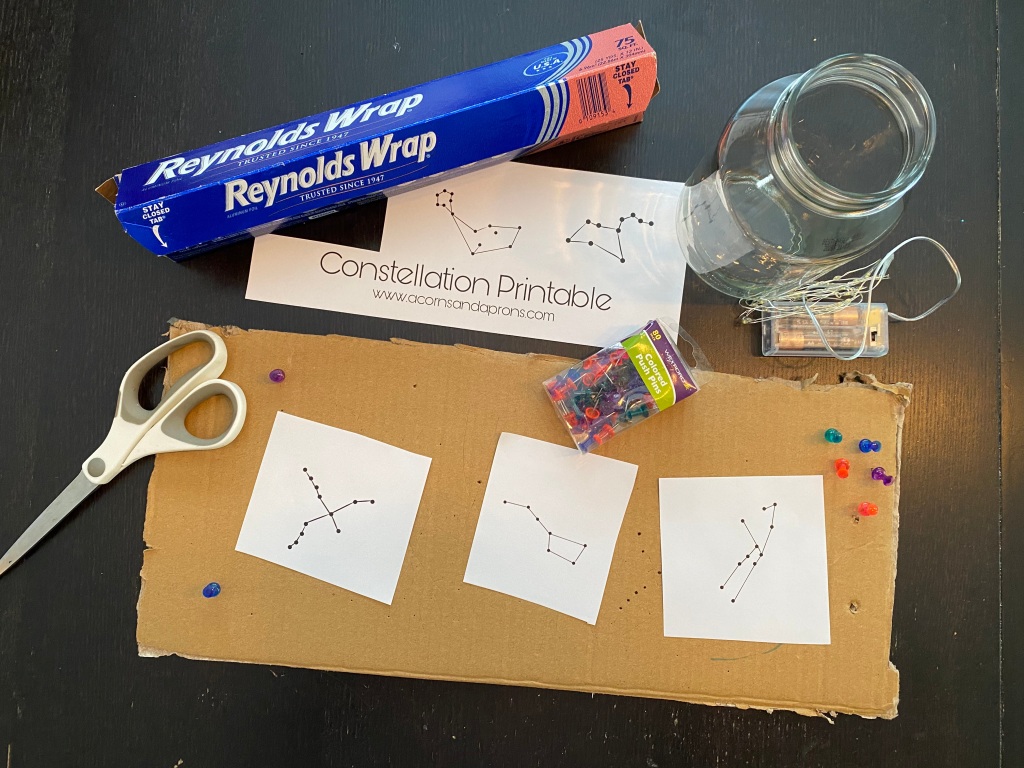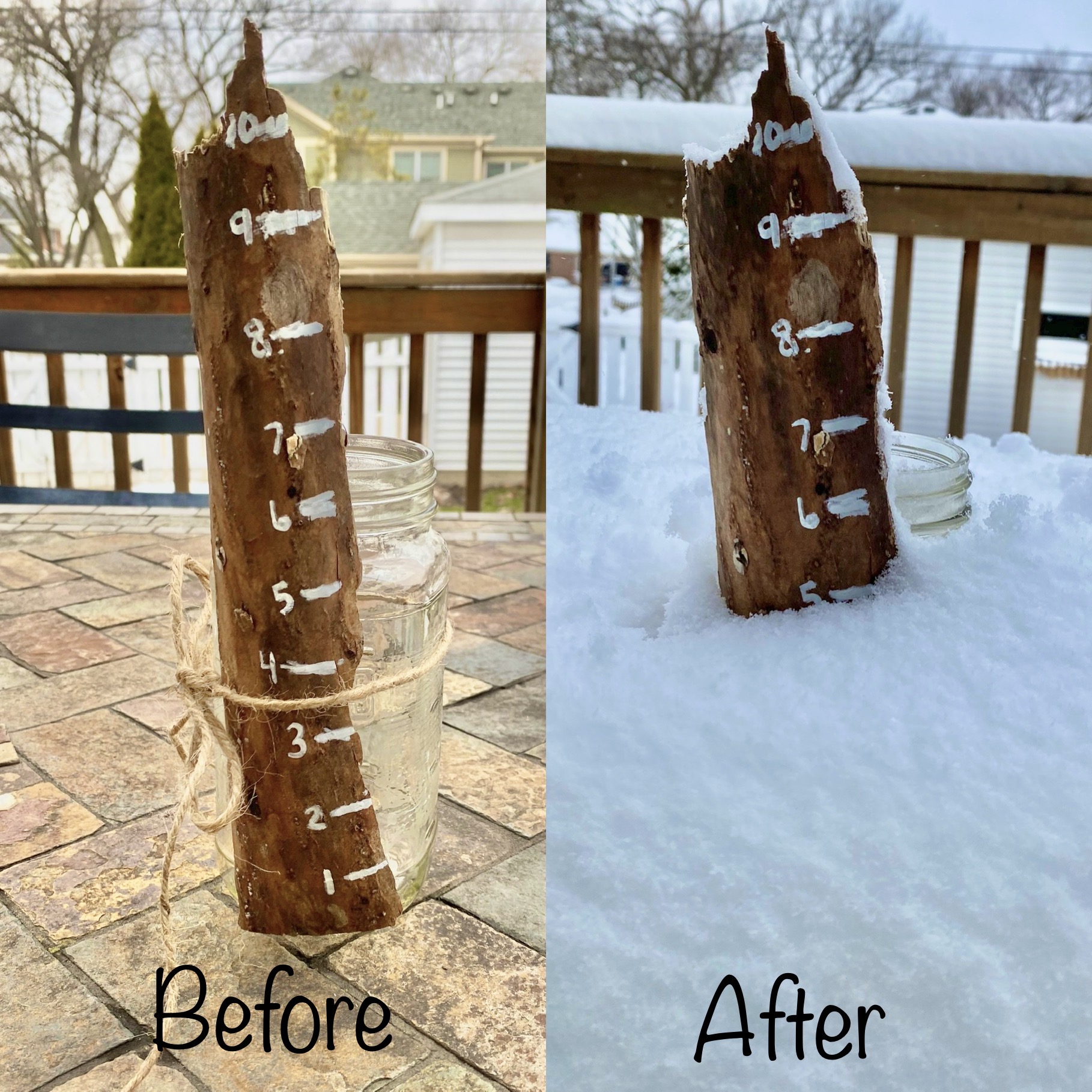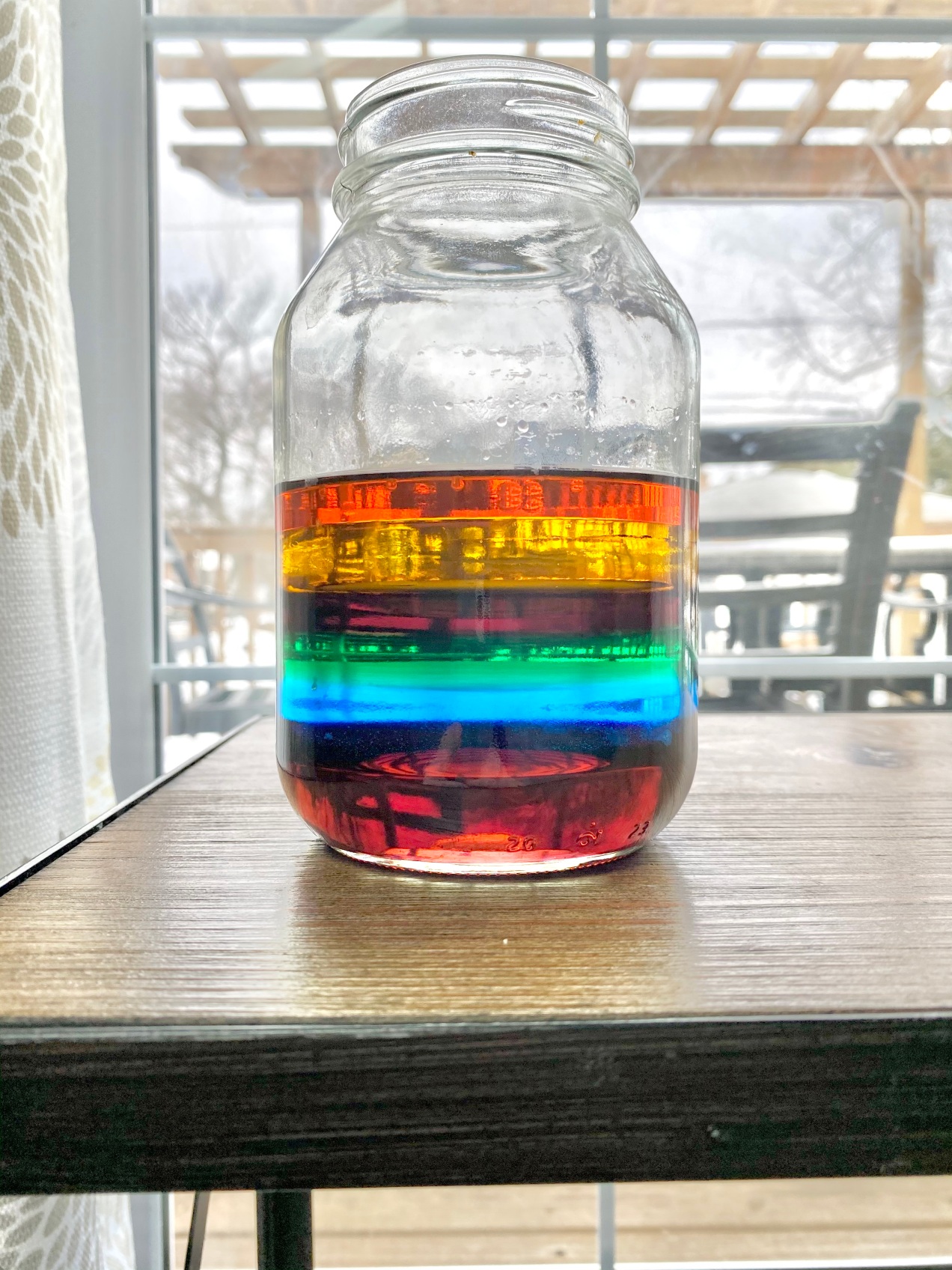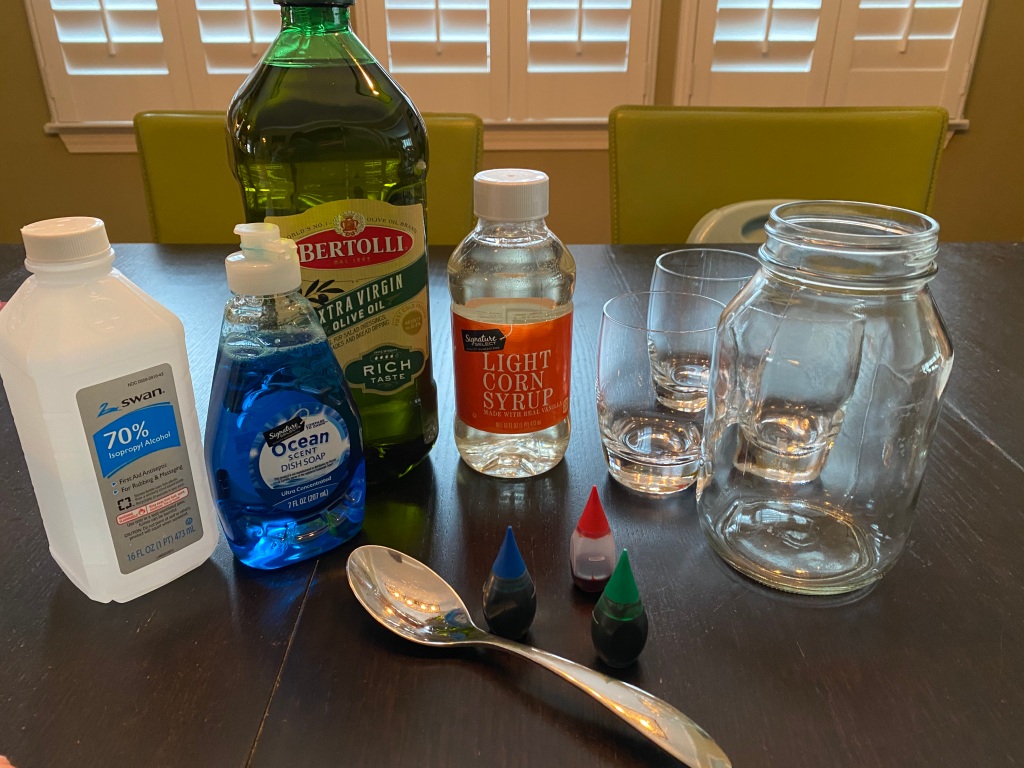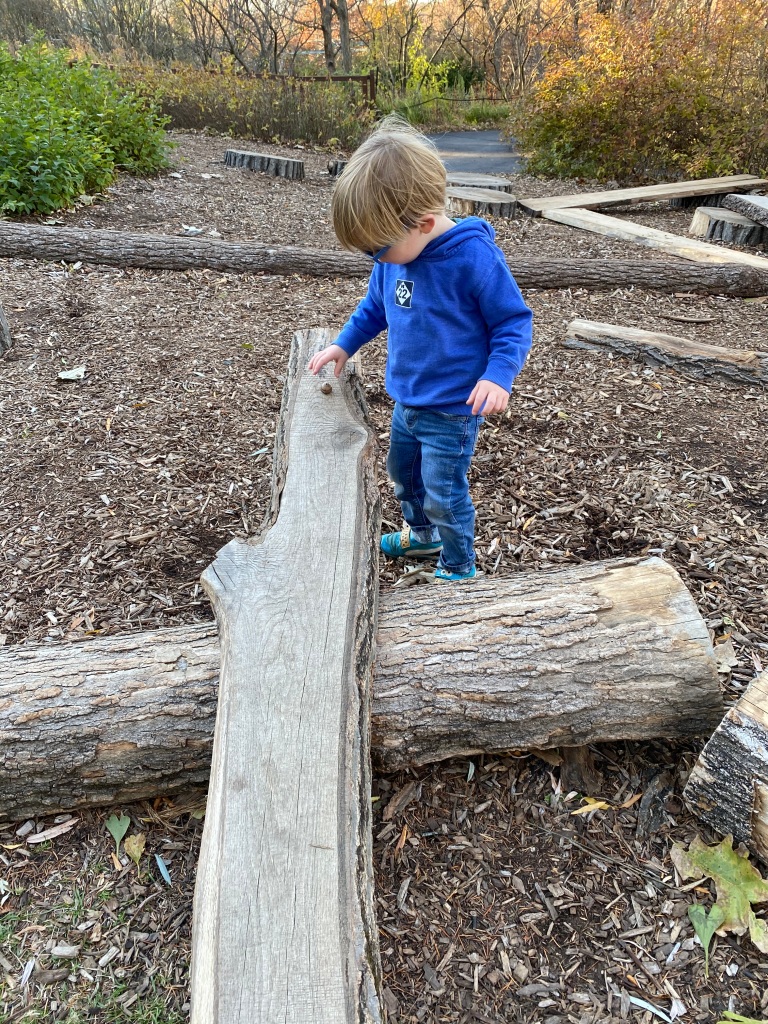April in the Midwest means one thing – rain. But you know what they say… April showers bring May flowers! Trying to stay positive during these dreary days – it’s only a matter of weeks until the sun will be shining, our garden will be growing, and we will be exploring the summer wilderness ✨🌿
This was our first time melting crayons with a hair dryer and honestly it was a lot messier than anticipated! However I will say the best part was making predictions about what would happen to the crayons and then watching the boys giggle with delight as they first started to melt.

What you need:
- Crayons
- Hot glue gun
- Canvas
- Hair Dryer
- Table cover/Drop cloth
- Small sticks or picture of umbrella
- Photo
What to do:
- Glue the crayons along the top of the canvas.
- If you are making an umbrella find some small sticks and glue them into place on the canvas. If using a picture, glue the photo onto the canvas.
- Tape a small piece of plastic over the photo to protect it from the dripping wax.
- Lay drop cloth under canvas where you plan melting. Take it from me – the wax may fly in unanticipated directions so unless you want to scrape wax off of your table (like I did) cover it!
- Turn the hair dryer on high heat and hold a few inches away from the crayons. You will need to keep it in the same spot for a minute or so until the crayon begins to melt.
- Continue across the canvas with all of the crayons until you are satisfied with the amount of “rain.”
- Remove plastic and let dry.










